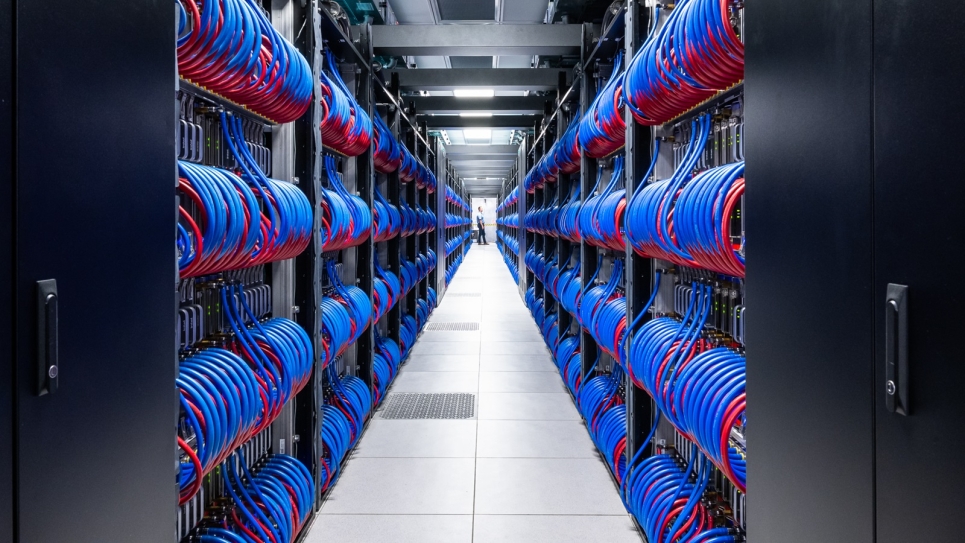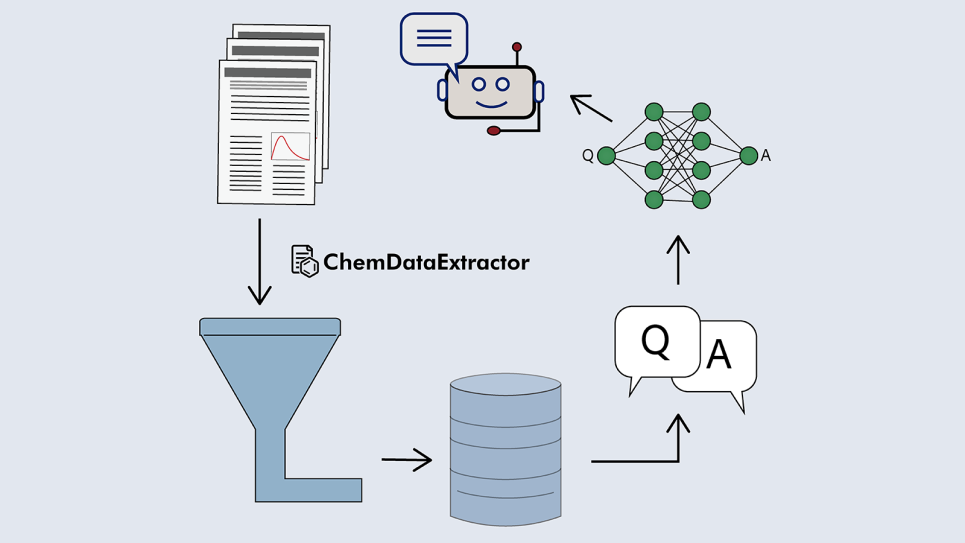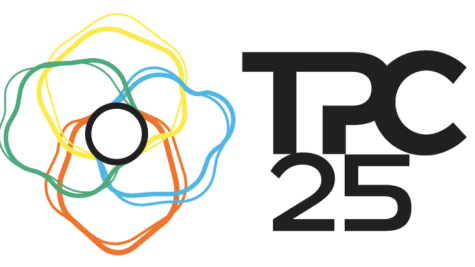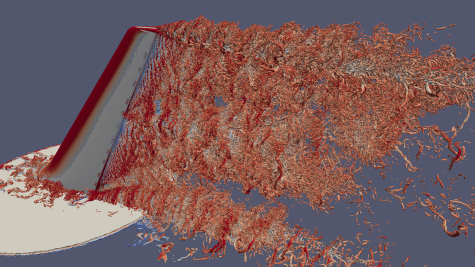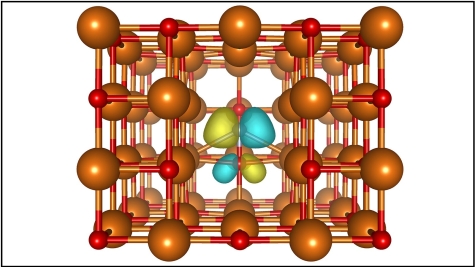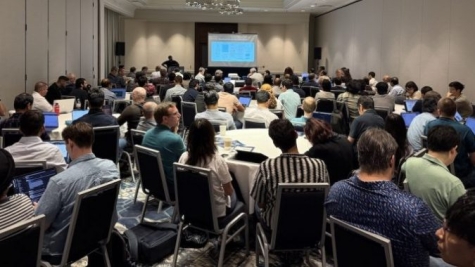Supercharging battery research at Argonne with Aurora and the Advanced Photon Source
By combining world-class capabilities in materials imaging at APS with powerful simulation, AI, and data analysis resources at ALCF, Argonne’s cutting-edge user facilities are helping to usher in a new era of battery innovation.
